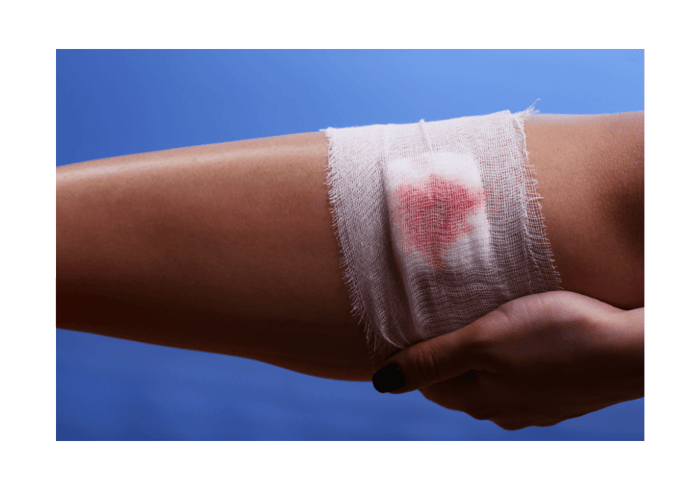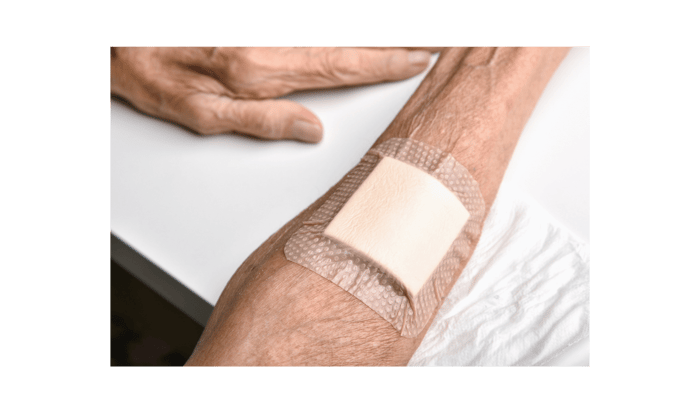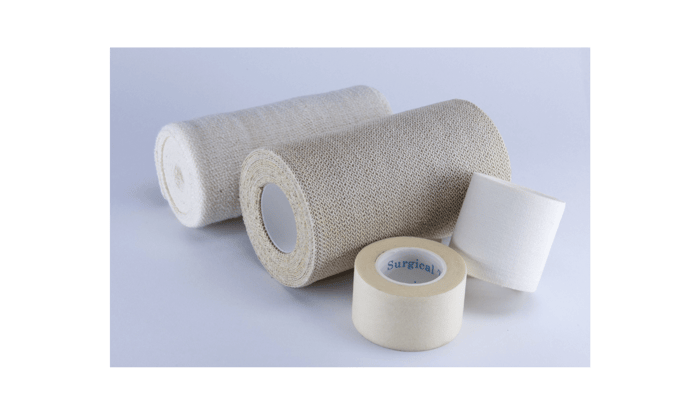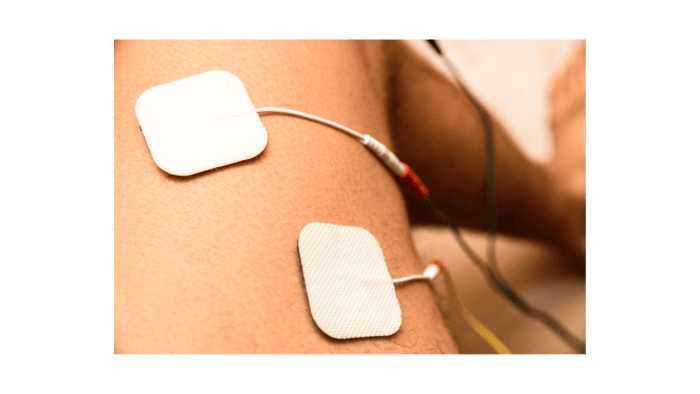Accidents can happen to anyone; in some cases, they may lead to bleeding, whether a minor cut or a more significant injury. Knowing how to control and stop bleeding is essential for yourself and for helping others in need. As a general first aid skill, it's important to know the phases of wound care.
Here are five reliable methods to stop bleeding and ensure proper wound care:
Apply Direct Pressure to the Wound
The first step to an open wound should always involve applying direct pressure. If the person bleeding is capable, they should do this themselves; otherwise, enlist someone to assist. Preferably use gauze, but a clean cloth or clothing will suffice if not available. Apply firm pressure on the wound for at least 10 to 15 minutes.
Small cuts should stop bleeding with just a few minutes of direct pressure. However, some small bleeds can be resistant and require up to 15 minutes of pressure. Afterward, wash the wound with cold water to prevent infection and encourage blood vessel constriction. Always maintain clean hands or wear gloves when dealing with wounds.
After it has stopped bleeding:
- again, use gentle soap and water to clean
- disinfect with an antibiotic cream, alcohol or hydrogen peroxide
For deeper cuts that:
- do not stop bleeding after 15 minutes
- have exposed muscle or fat
- are jagged
- are gaping
you may need to see a physician or attend an emergency room.
Elevate the Affected Area
Elevating the wounded area above heart level can help reduce blood flow to the injured site. This method is most effective for wounds on the arms or legs.
If the injury is on another body part, keep it as elevated as possible or lie down. Utilize furniture or nearby objects for support. When outdoors, find a stable surface to lie on or hold onto for support.
Serious Skin Wounds
Take additional measures for deeper wounds that bleed after 15 minutes of direct pressure. Have the injured person lie down to prevent shock and call for assistance. Clear the area of any dirt or debris.
Continue applying direct pressure and consider using pressure points. If bleeding remains excessive, you may need to apply a tourniquet as a last resort. Use a thick cloth strip to tie around the affected limb, but be cautious, as tourniquets should only be used when necessary due to potential risks.ut be cautious, as tourniquets should only be used when absolutely necessary due to potential risks.
Rest After Bleeding Stops
Once bleeding has ceased and blood has clotted, dressing the wound correctly is crucial to prevent infection.
Resting is equally important for healing, as minimal movement reduces the risk of renewed bleeding. Keeping the injured area immobilized helps prevent further complications.
Wound Care Products
To aid in wound care, consider using specialized products designed for injury management. Halohealthcare.com is a leading online source for wound care supplies in Canada and offers a wide range of wound care products that can be valuable in treating various types of injuries. Halo offers basic medical kits as well as comprehensive wound care products.
Conclusion
Dealing with a skin wound can be overwhelming, but with these five effective strategies, you can confidently manage bleeding and ensure proper care. Remember to apply direct pressure, elevate when possible, address serious wounds promptly, rest, and consider using quality wound care products to support the healing process. Staying prepared with these methods can make a significant difference when accidents occur.
Be sure to assess the severity of the wound to determine if you need to see a doctor.










